 |
 |
 |
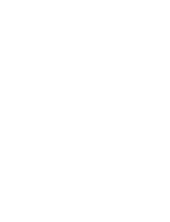
|
Heidi Bucher
Dragonfly
1976 c.
Textile, latex, Mother-of-pearl pigments
Approx: 246 x 295 x 15 cm / 96 7/8 x 116 1/8 x 5 7/8 in
© Heidi Bucher
Courtesy The Estate of Heidi Bucher and Freymond-Guth Fine Arts
|
|
 |
REVOLUTION IN THE MAKING: ABSTRACT SCULPTURE BY WOMEN, 1947 – 2016
13/3/2016-4/9/2016
Beginning 13 March 2016, Hauser Wirth & Schimmel will present ‘Revolution in the Making: Abstract Sculpture by Women, 1947 – 2016’, the inaugural exhibition at its new complex in the heart of the downtown Los Angeles Arts District. Through nearly 100 works made by 34 artists over the past seventy years, this ambitious undertaking traces ways in which women have changed the course of art by deftly transforming the language of sculpture since the postwar period. Works on view reveal their makers inventing radically new forms and processes that privilege solo studio practice, tactility, and the idiosyncrasies of the artist’s own hand. ‘Revolution in the Making’ explores multiple strains of artistic approaches, characterized by abstraction and repetition, that reject the precedent of a monolithic masterwork on a pedestal, employing such tactics as stacking, hanging, and intertwining, to create an intimate reciprocity between artist and viewer. The exhibition examines how elements that are central to art today – including engagement with found, experimental, and recycled materials, as well as an embrace of contingency, imperfection, and unstructured play – were propelled by the work of women who, in seeking new means to express their own voices, dramatically expanded the definition of sculpture.
|

|
Posted 1 February 2016
|
Share this:
|
|
On view through 4 September 2016, ‘Revolution in the Making’ is co-curated by Paul Schimmel, former chief curator of the Museum of Contemporary Art, Los Angeles, and current Partner and Vice President at Hauser & Wirth; and Jenni Sorkin, art historian, critic, and Assistant Professor of Contemporary Art History at the University of California, Santa Barbara.
‘Revolution in the Making’ includes many works on loan from nearly 60 major American museums, private collections, and artists’ estates, as well as new sculptures commissioned for the exhibition. The show will be accompanied by a fully illustrated catalogue published in collaboration with Skira. This book will include original contributions by Jenni Sorkin, as well as Elizabeth A.T. Smith, Executive Director of the Helen Frankenthaler Foundation, and former Chief Curator at the Museum of Contemporary Art, Chicago; and Anne M. Wagner, art historian, critic, and Class of 1936 Professor emerita, University of California, Berkeley.
|
|
|
|
|
|
|
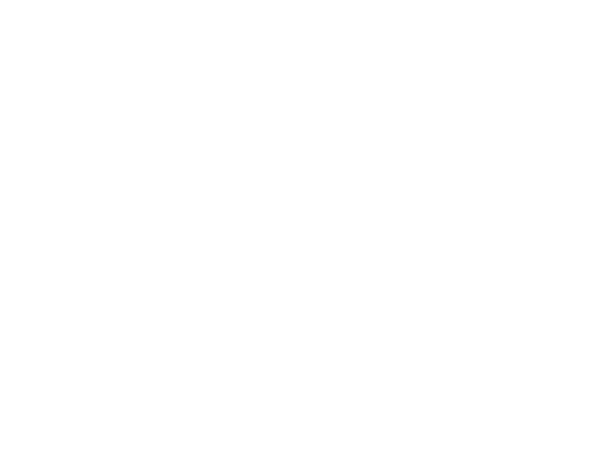
Eva Hesse
Augment
1968
Latex, canvas
Installation variable: 17 units, each: 198.1 x 101.6 cm / 78 x 40 in
Private Collection
© The Estate of Eva Hesse
Photo: Genevieve Hanson
|
|
|
|

|

|

|
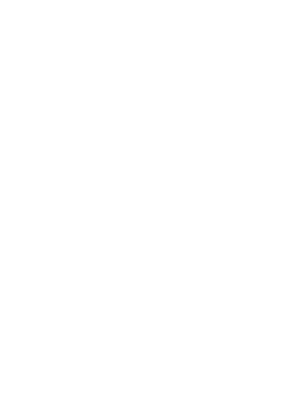
Louise Bourgeois
Untitled (The Wedges)
1950
Painted wood and stainless steel
160 x 34.3 x 30.5 cm / 63 x 13 1/2 x 12 in
© The Easton Foundation/Licensed by VAGA, New York
Photo: Christopher Burke
|
|
Tracing a Revolution
Feminism changed the course of 20th century art by altering the very notion of what art could be. Hewing to more sensuous materials and the intimate processes of the handmade, women sculptors began to articulate a female sensibility in their work, shifting the dialogue of art and laying the foundations for a revolution. The late 1940s and 1950s saw women asserting their own content into the formal geometries of post-war abstract sculpture. The collision of Post-Minimalism and feminism in the 1960s and 1970s witnessed women making their boldest breakthroughs and pioneering a ‘no going back’ course for subsequent generations of the 1980s, 1990s, and beyond.
To explore the story of these radical shifts and their legacy, ‘Revolution in the Making’ unfolds as a thematic historical survey that is international in scope and fundamentally revisionist, making women artists central to the history of sculpture by tracing the legacy of studio-based organic abstraction. Their collective innovation – their pioneering of new forms, materials, and processes – has been far more influential than has been previously understood or recognized. While the individual contributions of such artists as Louise Bourgeois and Eva Hesse have been widely acknowledged, ‘Revolution in the Making’ offers a narrative that includes many other artists who have contributed to the evolution of abstract sculpture through their working methods and materials. The exhibition moves chronologically, comprising dozens of works by 34 sculptors of different generations and points of origin, evidencing remarkable variety in thought, approach, and purpose. But all of the sculptures included in ‘Revolution in the Making’ – from the overt to the enigmatic, the purely formal to the concertedly psychological, the self-contained to the enveloping – are connected by materiality, expressiveness, and tactility, and through the autonomous labor of the artist in her studio.
|
|
|
|

|

|

|
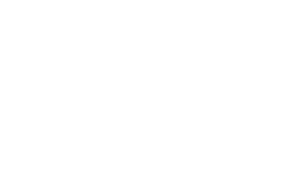
Hannah Wilke
Untitled
1970
Red latex on plywood board
53 x 46 x 15.6 cm / 20 7/8 x 18 1/8 x 6 1/8 in
Collection of Margaret and Daniel S. Loeb
© Marsie, Emanuelle, Damon, and Andrew Scharlatt, Hannah Wilke Collection & Archive, Los Angeles / Licensed by VAGA, New York
Photo: Jamie Grafton Photography
|
|
‘Revolution in the Making’ continues with the decades of the 1960s and 1970s, and includes works by Magdalena Abakanowicz, Lynda Benglis, Heidi Bucher, Gego, Françoise Grossen, Eva Hesse, Sheila Hicks, Yayoi Kusama, Mira Schendel, Michelle Stuart, Hannah Wilke, and Jackie Winsor – Post-Minimalist artists who ignited a revolution in their use of process-oriented materials and methods. Instead of vehicles of meaning, these sculptors produced forms that celebrate techniques of making and a one-to-one relationship with materials within the private sphere of the studio. Sculptures in this section of the exhibition evidence a strong sense of materiality through stacking, layering, cutting, draping, rubbing, gouging, and other tactile processes as means of conveying presence and a sense of their makers’ being-in-the-world. These works are characterized by striking – and, ultimately, enduringly influential – formal innovations, including the appropriation of unconventional industrial materials like latex and rope, organic and natural materials like saplings and earth, and ephemeral materials like wax and paper.
|
|
|

|

|

|

|

|
|
|
Phyllida Barlow
untitled: GIG
2014
Fabric, paper, cord
115 x 115 x 115 cm / 45 1/4 x 45 1/4 x 45 1/4 in
© Phyllida Barlow
Courtesy the artist and Hauser & Wirth
Photo: Alex Delfanne
|
|
|
|
|
Phyllida Barlow
untitled: GIG
2014
Fabric, paper, cord, timber, paint
Approx. overall installed dimensions: 300 x 500 x 1400 cm /
118 1/8 x 196 7/8 x 551 1/8 in
installation view, ‘Phyllida Barlow. GIG’, Hauser & Wirth Somerset, 2014
© Phyllida Barlow
Courtesy the artist and Hauser & Wirth
Photo: Alex Delfanne
|
|
|
|
|
Phyllida Barlow
untitled: GIG
2014
Fabric, paper, cord
110 x 110 x 110 cm / 43 1/4 x 43 1/4 x 43 1/4 in
© Phyllida Barlow
Courtesy the artist and Hauser & Wirth
Photo: Alex Delfanne
|
|
|
|
|
Among highlights here are two renowned late monumental works by Eva Hesse: the latex and canvas floor work ‘Augment’ and the four-part wall piece ‘Aught’, both created in 1968. These daring and powerful sculptures question the liminal space between painting and sculpture, with Hesse using the armature of the wall and the floor to layer, wrap, cover, and engage space, chance, indeterminacy, and the potency of matter in flux. The two sculptures were first shown in tandem in the legendary exhibition, ‘9 at Leo Castelli’ (1968), curated by artist Robert Morris; the inaugural exhibition at Hauser Wirth & Schimmel reunites them for the first time. Also reunited are Sheila Hicks’ saffron-colored linen and wool ‘Banisteriopsis’ (1965 – 1966) and ‘Banisteriopsis II’ (1965 – 1966 / 2010). Hicks, like Hesse, attended Yale and moved from color theory and drawing into three-dimensional work; by the early- and mid-1960s, Hicks was actively exploring strategies of layering, stacking, folding, and weaving.
|
|
|
|
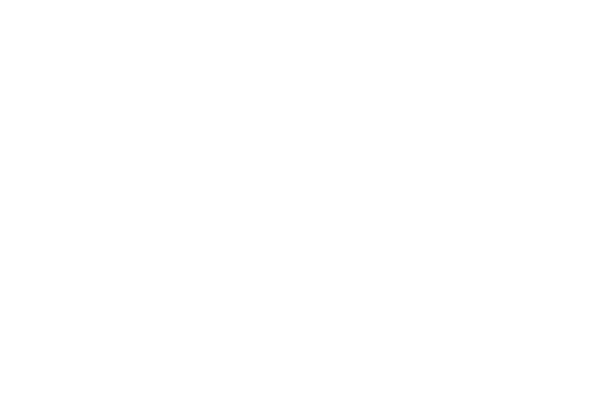
Sheila Hicks
Banisteriopsis II
1965 – 1966 / 2010
Wool and linen
Dimensions variable
© Sheila Hicks
Courtesy The Institute of Contemporary Art, Boston; gift of the artist in honour of Jenelle Porter, 2012.26
Photo: Charles Mayer
|
|
|
|

|

|

|
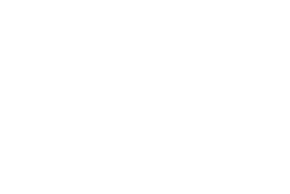
Magdalena Abakanowicz
Wheel with Rope
1973
Wood, burlap, hemp, metal line
2 wheels, diameter each: 7 ft 8 1/8 in (2.34 m)
2 ropes, each approx: 190 ft (58 m)
Installation view, National Museum in Wroc?aw, Poland.
© Magdalena Abakanowicz
Courtesy Marlborough Gallery, New York
|
|
Magdalena Abakanowicz’s massive 1973 ‘Wheel with Rope’, an aggressive sculpture made of found industrial materials, contrasts with defining 1970s ‘pour pieces’ by Lynda Benglis, who solved the riddle of how to translate gestural abstraction into sculpture by engaging walls and floors in a suggestive violation of spatial conventions. Also here is a large grouping of Hannah Wilke’s ‘blossoms’, which reverberate with nearby works by Mira Schendel and Gego, European émigrés whose delicate sculptures reinvented the notion of drawing as a spatial celebration of the artist’s one-on-one relationship with her materials.In one of the most dramatic gestures of ‘Revolution in the Making’, Jackie Winsor’s soaring ‘30 to 1 Bound Trees’ stands at the center of Hauser Wirth & Schimmel’s sprawling outdoor courtyard, an architectural hub where key galleries of the complex converge and connect. Winsor’s 20 foot-high mast of white birch saplings and hemp rope, originally created in 1971 at the Nova Scotia College of Art and Design and recreated for the first time in its original form for ‘Revolution in the Making’, anchors a space that is both a physical and psychological orientation point, a destination and an intersection.
|
|
|
|
|

|

|

|
The exhibition continues with works by Isa Genzken, Cristina Iglesias, Liz Larner, Anna Maria Maiolino, Marisa Merz, Senga Nengudi, Lygia Pape, and Ursula von Rydingsvard – a Post-Modernist generation of increasingly global figures who are far more expansive in their use of space, and whose works signal a foundational shift from discreet sculptural objects toward more installation-based practices. These women have focused upon dimensional forms as alternatives to the criticality of the feminist gaze conveyed in other media. Co-curator Jenni Sorkin has written, ‘Somewhere in the 1990s, the artist in her studio took a permanent backseat to the politics of assertion: the declarations of race, sexuality, and class. ‘Preciousness’ became a term used to denigrate abstraction. And yet the qualities it implied were arguably symptomatic of abstraction: a sensitivity to objects, and the disquieting intensity devoted to the process of making them.’
|
|
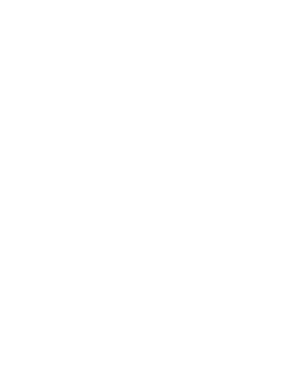
Isa Genzken
Vogelnest (Bird’s Nest)
1989
Tubular steel stand and 16 concrete sections
263 x 58 x 112 cm / 103 1/2 x 22 7/8 x 44 1/8 in
© Isa Genzken
Private Collection. Courtesy of Hauser & Wirth
Photo: Alex Delfanne
|
|
|
|

|

|

|
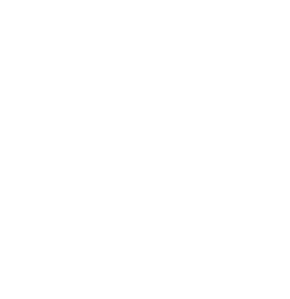
Jessica Stockholder
Kissing the Wall #5 with Yellow
1990
Metal strapping, spools of thread and wool, plastic cord, cloth, wood, chair, oil and latex and acrylic paint, fluorescent light, paper, glue
76.2 x 91.4 x 137.2 cm / 30 x 36 x 54 in
The Carol and Arthur Goldberg Collection
© Jessica Stockholder
Courtesy the artist, Mitchell-Innes & Nash, New York and 1301PE, Los Angeles
|
|
‘Revolution in the Making’ concludes with a new generation of sculptors, including numerous works commissioned for the exhibition. Phyllida Barlow, Karla Black, Abigail DeVille, Sonia Gomes, Rachel Khedoori, Lara Schnitger, Shinique Smith, Jessica Stockholder, and Kaari Upson create immersive, color-drenched environments that embrace domestic materials and craft as an embedded discourse, boldly eliminating material hierarchies. Color is introduced in a way that is riotous and painterly. Eschewing the armatures and supports employed by previous generations, the sculptures here do not make form their subject. And at a time when so much art is mechanically fabricated and editioned, these works defy the perceived limitations of studio-based sculpture and celebrate the enduring power of the handmade.
The most recent works build upon the legacy of previous generations. Here visitors will recognize an amalgam of influences from the women artists who came before: The knotting, weaving, piling, and slumping of earlier eras have expanded into forest-like installations redolent of contemporary urban experience. Recycling has become the craft tactic of the present. Nengudi’s pantyhose have been replaced by Karla Black’s lip liner and pulverized eye shadow; Shinique Smith’s shredded clothing and ribbons kiss a wall that Lynda Benglis would once have violated with a tumbling waterfall of poured and cast aluminum; and Jessica Stockholder’s agglomerations feature un-sturdy metal protrusions that evoke the legs of Genzken’s concrete works of the 1980s.
|
|
|

|

|

|

|

|
|
|
Jessica Stockholder
Kissing the Wall #2
1988
Side projector screen, newspaper, plaster, oil and acrylic paint,
fluorescent tube with purple sleeve, wallpaper
125.7 x 83.8 x 78.7 cm / 49 1/2 x 33 x 31 in
Collection of the artist
© Jessica Stockholder
Courtesy the artist, Mitchell-Innes & Nash, New York and 1301PE, Los Angeles
|
|
|
|
|
Jessica Stockholder
Kissing the Wall #3
1988
Fake Christmas tree, paper mache, paint and a light
72.4 x 78.7 x 71.1 cm / 28 1/2 x 31 x 28 in
Collection of Tamas Banovich and Magdalena Sawon, New York
© Jessica Stockholder
Courtesy the artist, Mitchell-Innes & Nash, New York and 1301PE, Los Angeles
Photo: Tamas Banovich
|
|
|
|
|
Shinique Smith
Forgiving Strands (in progress)
2015 – 2016
Clothing, fabric, ribbon, rope and found objects
Dimensions variable
© Shinique Smith
Courtesy the artist
Photo: Gary Pennock
|
|
|
|

|

|

|
Perhaps most significant of all, the discreet human body – a central preoccupation of women abstract sculptors in earlier decades – has now disappeared. In its place, the artists in the final section of ‘Revolution in the Making’ offer an empty space for the viewer’s own body. Moving through, under, around, and within these new sculptures, the visitor becomes partner and participant in the continuing quest to articulate the female experience through art.
See the Agenda>
HAUSER WIRTH & SCHIMMEL
901 East 3rd Street
Los Angeles CA 90013, United States
http://hauserwirthschimmel.com
|
|
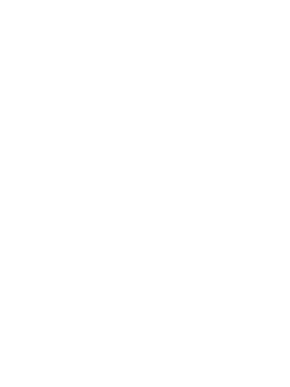
Kaari Upson
Trashole Trashole
2015
Urethane, pigment, aluminium
126.8 x 57 x 107.5 cm / 50 x 22 1/2 x 421/2 in
© Kaari Upson
Courtesy the artist and Massimo De Carlo, Milan / London
Photo: Todd-White Art Photography
|
|
|
|
|
|
|
|
|
|


